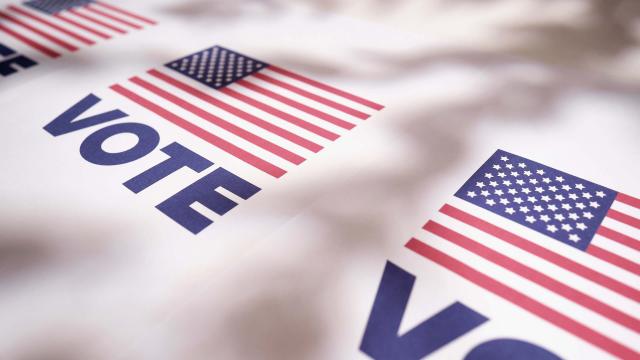Learn about your ballot
Learn how your vote affects your community so you can make an informed decision.
Many election offices post sample ballots online. Some also provide information online or by mail about candidates and ballot measures. Check your state or local election website for more information.
Voter ID requirements
Each state and territory sets its own voter ID rules. In most states, you must bring your identification to vote in person and provide ID information when you vote by mail. Check your state’s voter ID requirements.
You can get an ID card at your state motor vehicle office, even if you do not drive. You will need to pay to get an ID card, but there are organizations that may be able to help you with ID-related fees.
You do not need a voter registration card to vote.
Language support
If English isn't your primary language and you want to vote in a different language, you can ask for help. Contact your state or local election office to find out what kind of support is available in your language, such as:
- Voting information and materials (such as ballots) in your language
- A poll worker who can communicate with you in your language (including American Sign Language)
- A family member or friend who can help translate for you at your voting location
Accessibility accommodations
If you have a disability, you have a legal right to accessible voting materials, such as ballots in large print or audio formats. If you are voting in person, you also have a right to accessible voting equipment and an accessible voting location.
If your state's election website or voting location is not accessible, you have options to request accessibility accommodations. Reach out to your state or local election office if:
- You’re having trouble accessing your state's election website
- You do not have the accessibility accommodations you need at your voting location
If you believe that you were discriminated against based on a disability while voting, report your experience to the Department of Justice (DOJ).
Find more in-depth guidance on voting with a disability.
Federal laws protect your right to vote
Learn about the federal laws that protect your ability to vote in the Know Your Rights Voting Guide from the Department of Justice (DOJ). The guide is also available in Spanish.
You can report a complaint to the DOJ if you experience any of the following while exercising your right to vote:
- Someone questions your right to vote
- You live in an area that is required to provide voting materials in certain languages, but don't receive those materials
- You don’t receive reasonable accessibility accommodations
Learn more about how the government makes sure that your vote is counted accurately.
Sign up to be a poll worker
Support your community by becoming a paid poll worker. Poll worker duties are different depending on where you live. Many local election offices have poll workers do tasks such as:
Set up a voting location
Welcome voters
Confirm voter registration
Hand out ballots
Help voters use voting equipment
Explain voting procedures
As a poll worker, you will be paid for your time. Pay varies depending on location. Learn more about how to become a poll worker.
